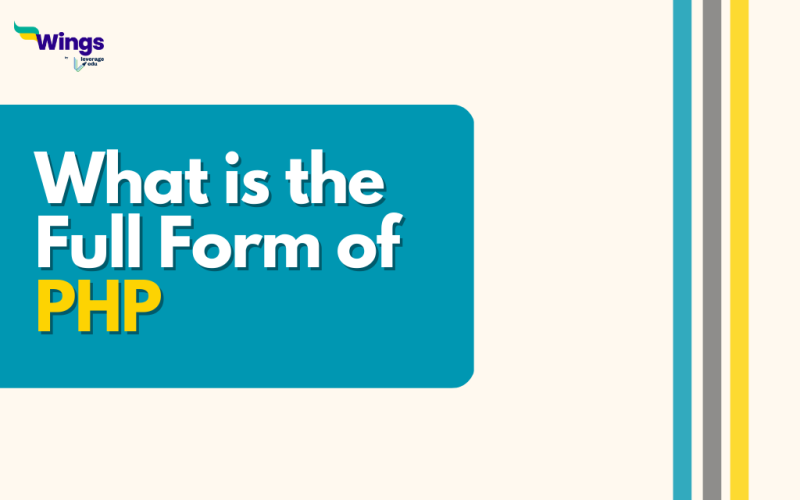The full form of PHP is Hypertext Preprocessor. It was once known as a Personal Home Page. It is a programming language that is widely used to develop online applications or web pages. HTML is encoded in the server-side programming language that is used to build dynamic web pages, static websites, and online apps. It was developed in 1994 by Rasmus Lerdorf. PHP’s syntax resembles that of C, C++, and Java. It manages dynamic websites, dynamic content, cookie databases, sessions, etc.
Specification of PHP
Table of Contents [show]
Due to the lack of need for C or C++ libraries, PHP design is straightforward. It has many built-in protection features to keep your information safe. PHP execution starts at (php) and ends with the concluding escape sequence. It is available for free download because it is an open-source language.
PHP 4.0 includes object-oriented programming and resource allocation algorithms in addition to session management features. It eliminates memory allocation that is not essential. PHP supports a number of authentication methods to protect the data. Any device, including tabs, phones, laptops, and PCs, can run PHP code. Since it can be incorporated into so many different languages, like XML, CSS, HTML, JavaScript, and Java, is incredibly adaptable. In PHP 4.0, operations for object-oriented programming is present.
Benefits of PHP
A large number of different programming languages, including CSS, HTML, JavaScript, etc., is integrate and database-compatible. All operating systems, including Linux, Windows, Unix, etc., support PHP. Data storage and retrieval from the database are easy to do. Several databases is use to build PHP. When compared to other scripting languages, it is the fastest programming language. Web apps are shielded from threats and external attacks by PHP architecture and technologies.
Drawbacks of PHP
Few of the drawbacks of PHP are:
- Error handling is not a function for a PHP framework.
- Due to its difficult maintenance, it is not appropriate for general use.
- Everyone who programs can examine PHP’s source code because it is open-source. If there are any flaws in the code, other programmers can identify the program’s weak spot.
This was all about the full form of PHP. We hoped that this blog helped you understand the real meaning behind the full form of PHP. You can visit our page for more such interesting information.
 One app for all your study abroad needs
One app for all your study abroad needs















 45,000+ students trusted us with their dreams. Take the first step today!
45,000+ students trusted us with their dreams. Take the first step today!
